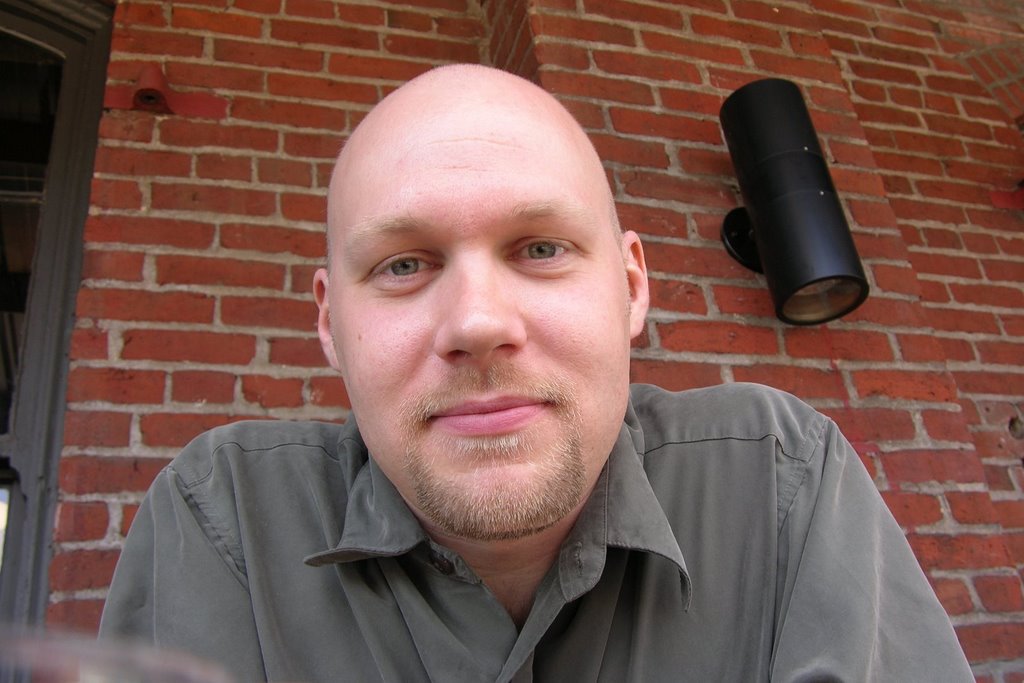It's common knowledge that the number of microbes inside the human body exceeds the number of human cells by an order of magnitude. A growing body of research, such as that published by the Gordon Lab in Nature shows that we are not simply colonized by microbes but that they provide a substantial amount of our dietary energy from them. The types of microbes in our GI tract may have profound effects on our health, providing us with nutrients, signaling, and helping to ward off pathogens.
This suggests a picture of us being more of a mosaic or community of different life forms, rather than a discrete individual. And it's not just us, many organisms seem to be blends of creatures that have absorbed or been adsorbed by others to different degrees throughout history.
In a recent article in Nature the Stoecker Lab shows what may be an extreme example of this. The planktonic ciliate Mesodinium rubrum makes it's living by ingesting algae and using their chloroplasts to harvest energy from light. The problem with this is that the chloroplasts, themselves the remnants of an ancient cyanobacterium absorbed by the algae, have few of it's necessary genes in it's organelle. Most have moved to the nucleus of the algae. M. rubrum's answer? It engulfs and keeps both the alga's chloroplast and nucleus, expressing the necessary genes to keep the chloroplasts active. The nucleus is not replicated in the host and eventually degrades over time, requiring continual engulfment of new algae. These findings seem to blur the line between what is truly separate life forms. Are the nuclei of the algae still algal? What about the algae gene products produced from it by the ciliate?
In addition to publishing this very interesting article the authors got to do something I've always wanted to do...invent an new word- Karyoklepty: the stealing of a nuclei -from Greek karydi, kernel; kleftis, thief.
Subscribe to:
Post Comments (Atom)


1 comment:
this is not the least bit surprising to me.
perhaps because of my rather transient upbringing, it has most always been clear to me that certain characters perform specific roles in every town, no matter what part of the country or world, and these character persist as they are part of the whole.
thus, on a much smaller scale, it seems quite logical to see similar patterns in the way various life-forms interact and support/resist such a construct.
this brings up some very good questions, such as the one lots of folks are talking about presently = that of global warming.
is the result of many of our problems as a race and a culture due to simply not recognizing other, natural partners in our world and acting in a more close and sincerely symbiotic manner?
i think we all know the answer to that one!
Post a Comment